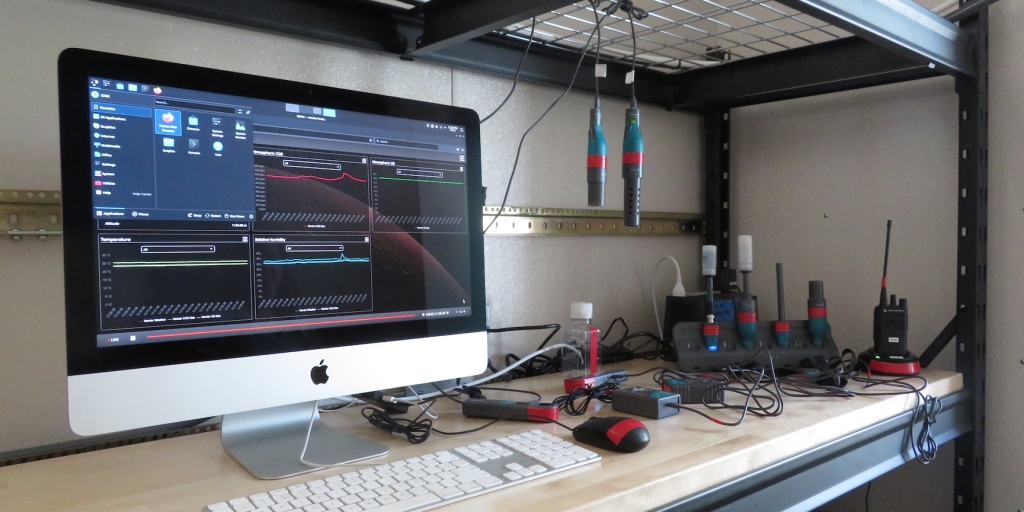A much needed break
The turtles that snip at the heals of the chipmunks that spin the wheels that wind the springs that drive the automatons to write the essays that accompany the photos taken by the unsung heroes of the Fourth Planet Revolution are, for what may feel like an eternity to you who wait patiently, taking a break.
Construction of the full Mars yard commences with the first week of June. However, updates to this forum will be shared a little less frequently than in the prior phase due to all efforts to slow the Earth’s rotation and thereby increase the productive hours in day having failed. As such, said heroes of the Revolution, automatons, chipmunks, and turtles will be unable to process, color correct, and publish associated photo essays in the course of these not-long-enough summer days.


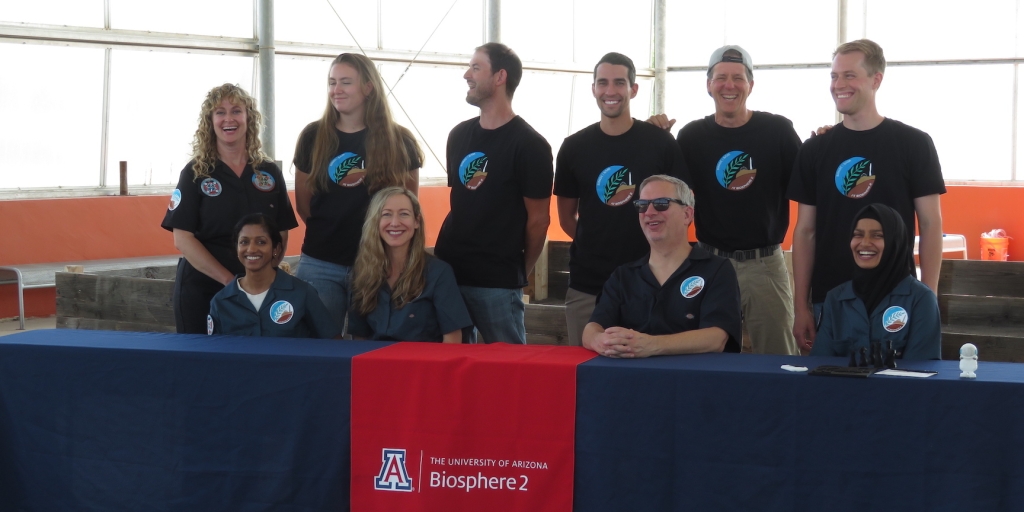
 Keeping in the spirit of National Holidays, today one Earth we celebrate National Frog Jumping Day! In 1865, Mark Twain published his first short story, Jim Smiley and His Jumping Frog. Later, he changed the name and published it as The Celebrated Jumping Frog of Calaveras County. This same story also had a third title, The Notorious Jumping Frog of Calaveras County. Of all the frog jumping contests that take place across the country, the most well-known might be the Calaveras County Frog Jumping Contest if for no other reason than Mark Twain wrote a story about it.
Keeping in the spirit of National Holidays, today one Earth we celebrate National Frog Jumping Day! In 1865, Mark Twain published his first short story, Jim Smiley and His Jumping Frog. Later, he changed the name and published it as The Celebrated Jumping Frog of Calaveras County. This same story also had a third title, The Notorious Jumping Frog of Calaveras County. Of all the frog jumping contests that take place across the country, the most well-known might be the Calaveras County Frog Jumping Contest if for no other reason than Mark Twain wrote a story about it.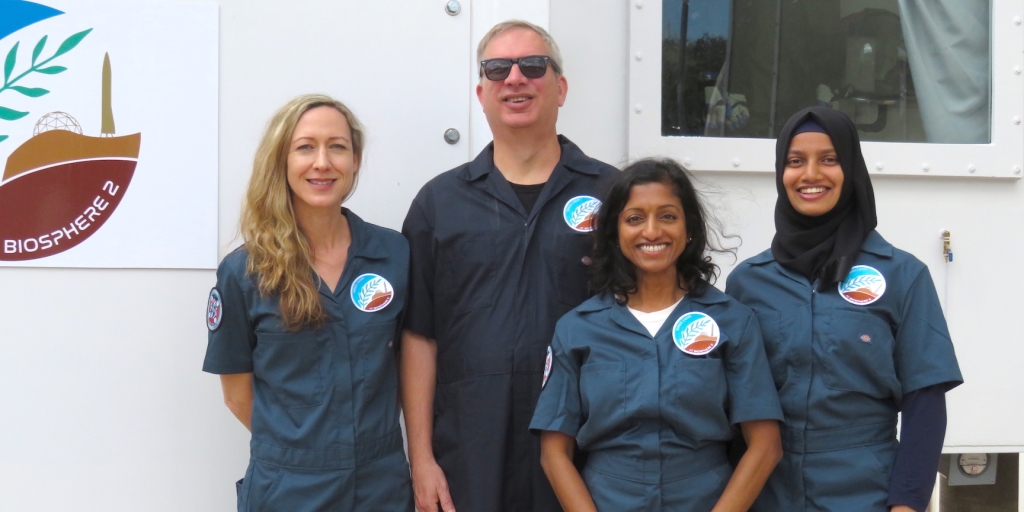
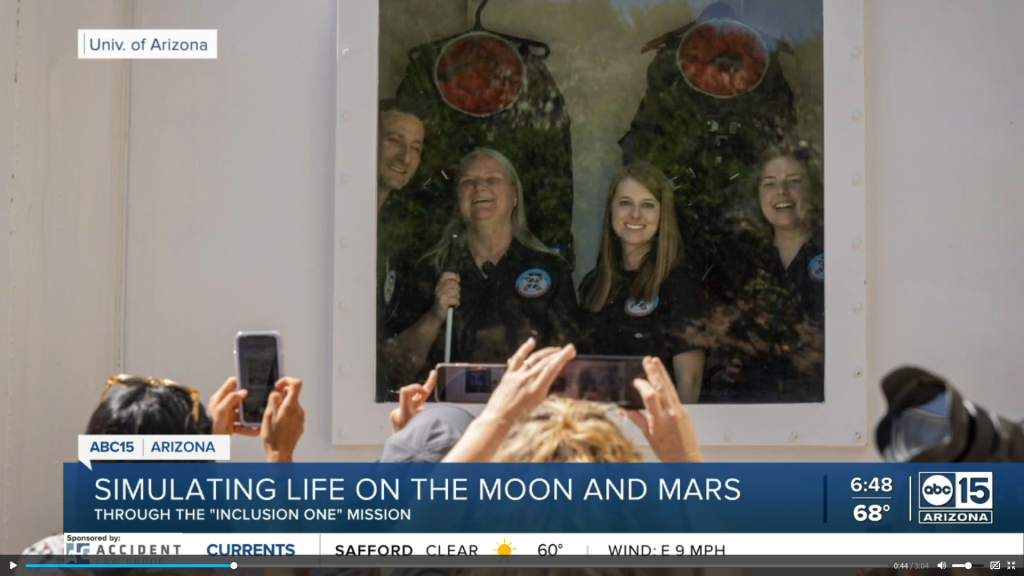
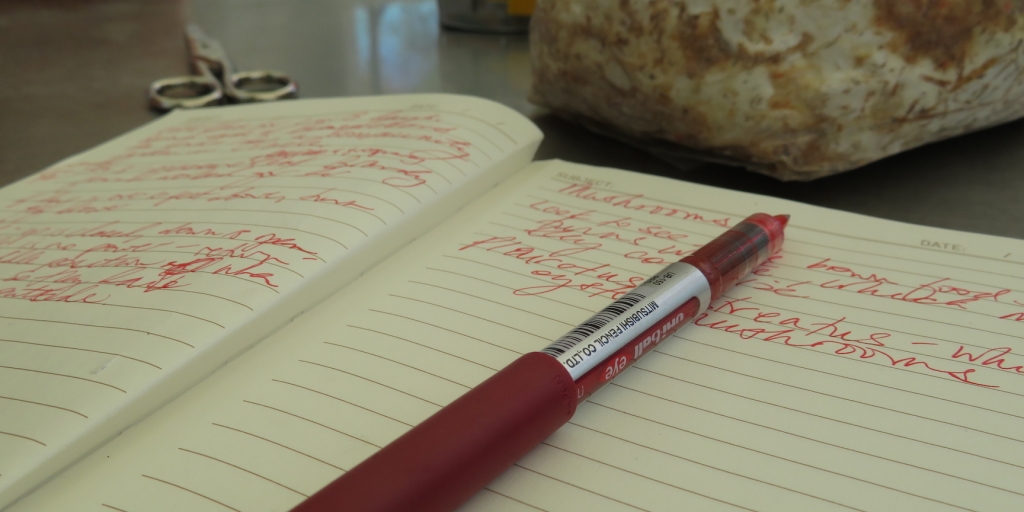
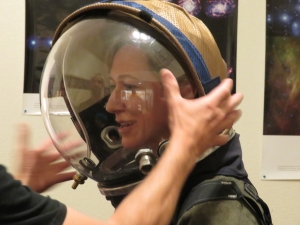 As with the first crew to enter SAM, Inclusion II underwent an extensive training in the function and operation of SAM prior to entry. Given the feedback and experience of training the first crew, the training time was expanded to a four-hours introduction to using air quality sensors and monitors, capturing the storing data, followed by a brief course in the donning and doffing of a pressure suit prior to the actual EVAs. The second full day (today) saw the crew training in:
As with the first crew to enter SAM, Inclusion II underwent an extensive training in the function and operation of SAM prior to entry. Given the feedback and experience of training the first crew, the training time was expanded to a four-hours introduction to using air quality sensors and monitors, capturing the storing data, followed by a brief course in the donning and doffing of a pressure suit prior to the actual EVAs. The second full day (today) saw the crew training in: